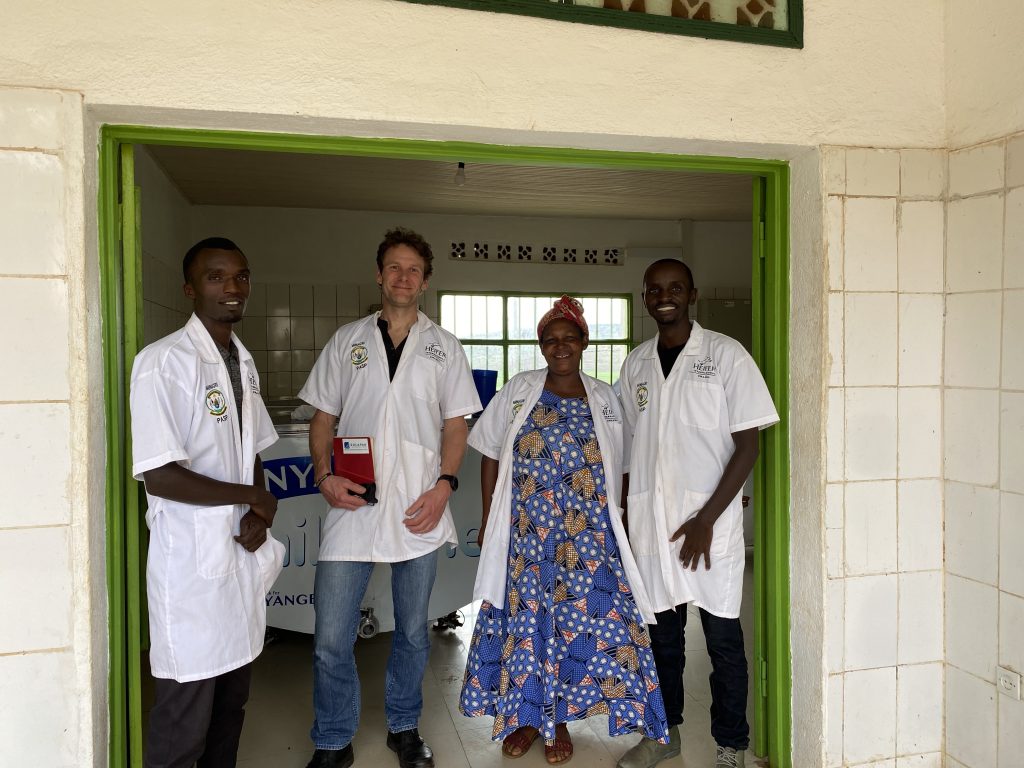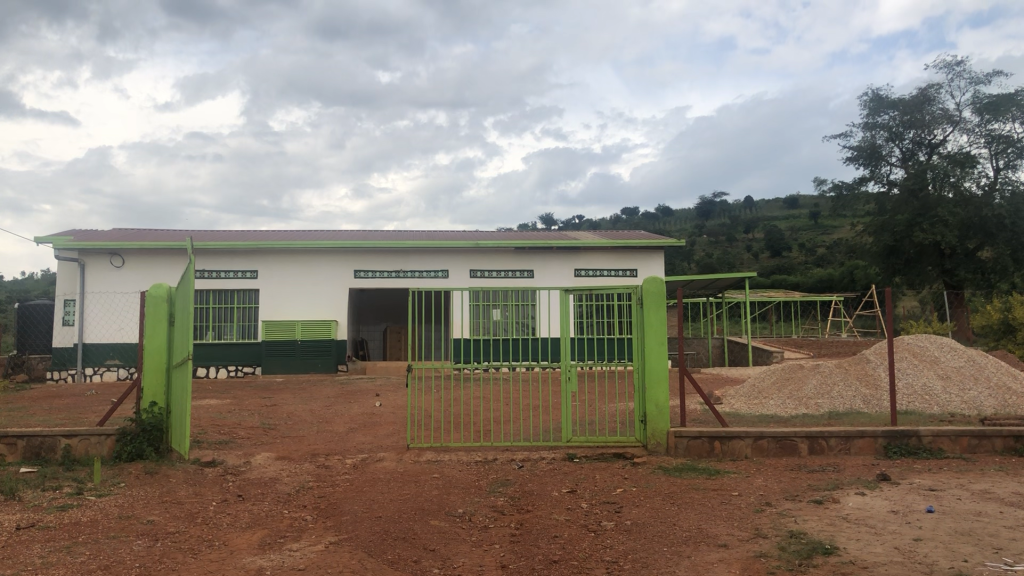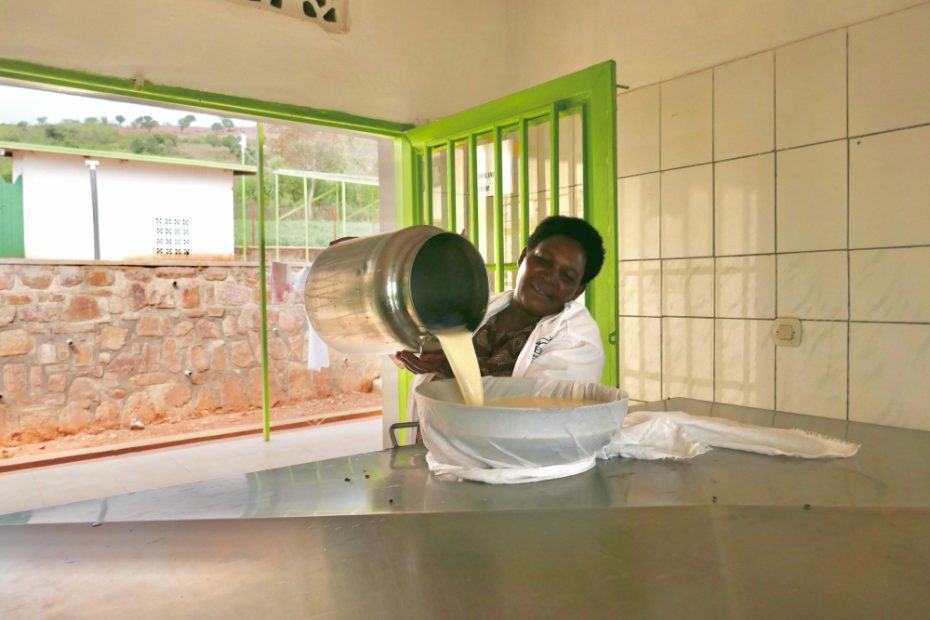Solapak Development Ltd (SDL) provide stand-alone sustainable energy solutions for energy-poor regions, with a particular focus on rural communities. Last summer, with support from SPECIFIC, they installed a solar electric generator at Kageyo Milk Collection Centre in Rwanda. One year on, Mark Spratt tells us what benefits they have seen.
What is the purpose of a milk collection centre and why focus on the dairy sector?
In contrast to the UK where dairy farmers have milking and cooling equipment on site, smallholder dairy farmers across Africa typically milk by hand and rely on cooperatively owned facilities for collecting and cooling milk. These milk collection centres, or MCCs, provide the farmers with the ability to have their milk tested and chilled for collection and onward travel to milk processors.
In serving smallholder farmers many of the MCCs are in rural areas, away from a reliable source of electricity, i.e. they are off-grid or at the end of a grid where power cuts are frequent. The default energy source is diesel generators, but these are also unreliable and expensive to operate in such remote locations. Loss of power at an MCC can lead to large quantities of milk becoming spoiled, affecting the lives of hundreds of smallholder dairy farmers. Solapak Development Ltd (SDL) specialises in delivering long lasting, highly reliable solar electric generators which are an ideal fit to the energy needs of MCCs.
What was SPECIFIC’s role in the project?
In order to provide a reliable service it was imperative that SDL include a monitoring system that would enable us to track the performance of the installation. Monitoring was not only of generated and used electricity but also of collected milk volumes, temperatures, rainwater collection and usage. Based on their experience of monitoring the Active Buildings on Swansea University Bay Campus SPECIFIC advised SDL on hardware and software options and supported SDL in assembling and testing the monitoring system in South Wales before shipping it to Rwanda.
What benefits have you seen after one year of operation?
Prior to the installation of the solar electric generator Kageyo MCC had rarely been able to cool milk, limiting farmers to self-consumption of their milk or sale in local informal markets. Operation using solar began in mid August 2022 with 15 farmers contributing 120 Litres of milk and since that date there have been no interruptions to the collection and cooling of milk, building confidence amongst farmers that their milk would reach market. Daily milk volumes have risen to over 1700 Litres, received from 98 farming households. In terms of measurable environmental benefits, operating from solar rather than diesel has so far avoided the emission of 6 Tonnes of CO2.
Were there any challenges?
Commissioning the solar generator and monitoring system threw up very few real challenges. We used non-glass silicon PV modules to reduce breakages and ease handling at the site and we had a very experienced local partner taking care of logistics. The support of SPECIFIC in testing the system prior to shipping meant we weren’t trouble-shooting the configuration of the monitoring system on site. Once operational we did experience some early battery failures but these were swiftly replaced under warranty without interruption to supply. We have also experienced some interruptions to monitored data, attributed to our choice of modem not operating well on the local cellular network, since rectified with a change of modem.
What’s next?
Owing to the success of the operation at Kageyo MCC SDL were invited to visit 6 Dairy Cooperatives in Uganda where we provided advice on energy efficiency practices and utilisation of solar energy. NGOs in Uganda and Rwanda have subsequently engaged SDL to support their use of solar energy in cooling milk, both in specification and in delivery. We are also in discussions with IFAD (UN) regarding involvement in 3 national dairy projects.
The monitoring systems deployed in Rwanda have demonstrated their value and with 12 months’ experience of operation we have now identified a number of refinements we wish to make prior to deploying at multiple sites. We are actively looking to conduct further applied research into how data and digitalisation can improve our offering and further support smallholder farmers in East Africa.


